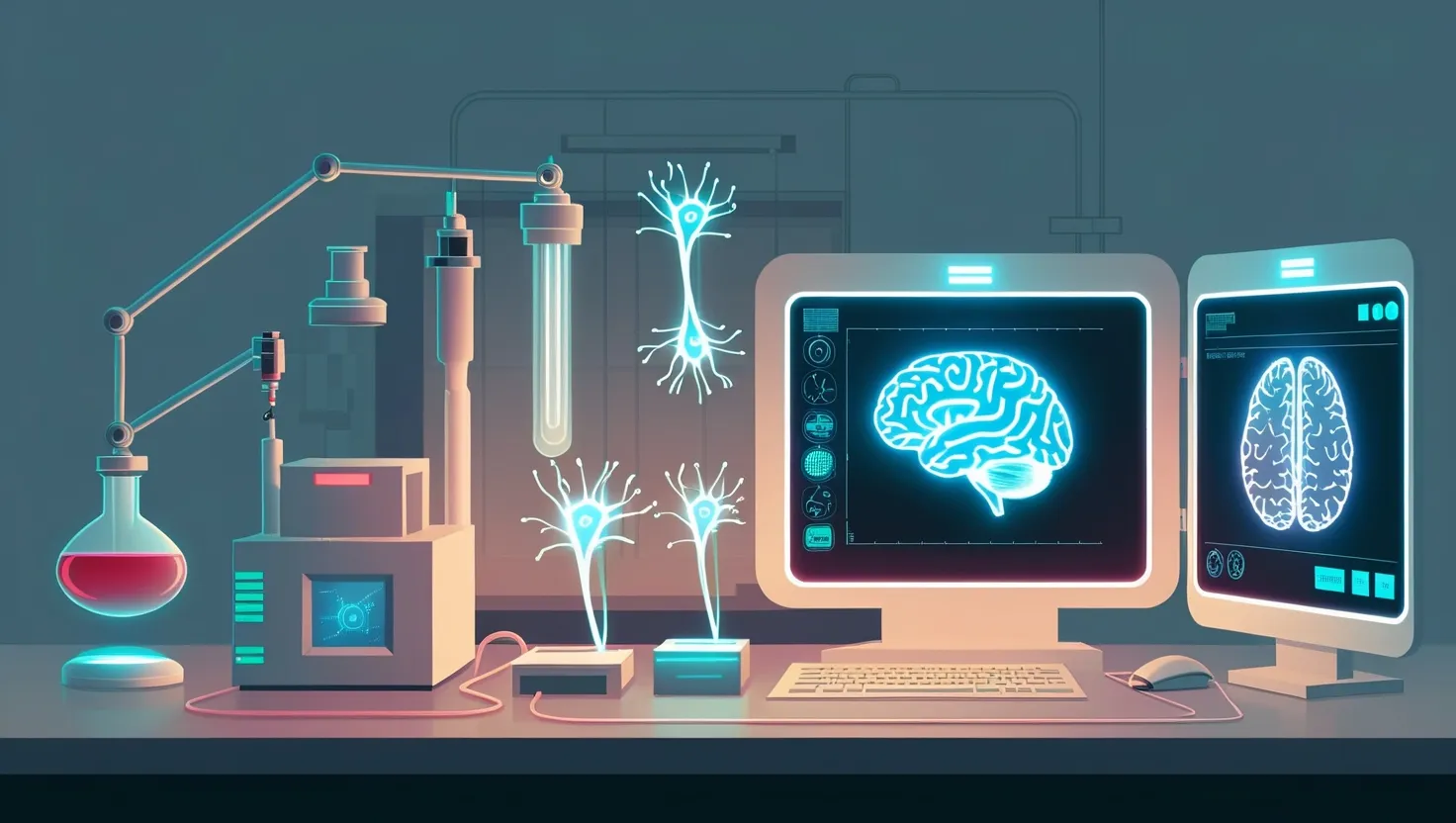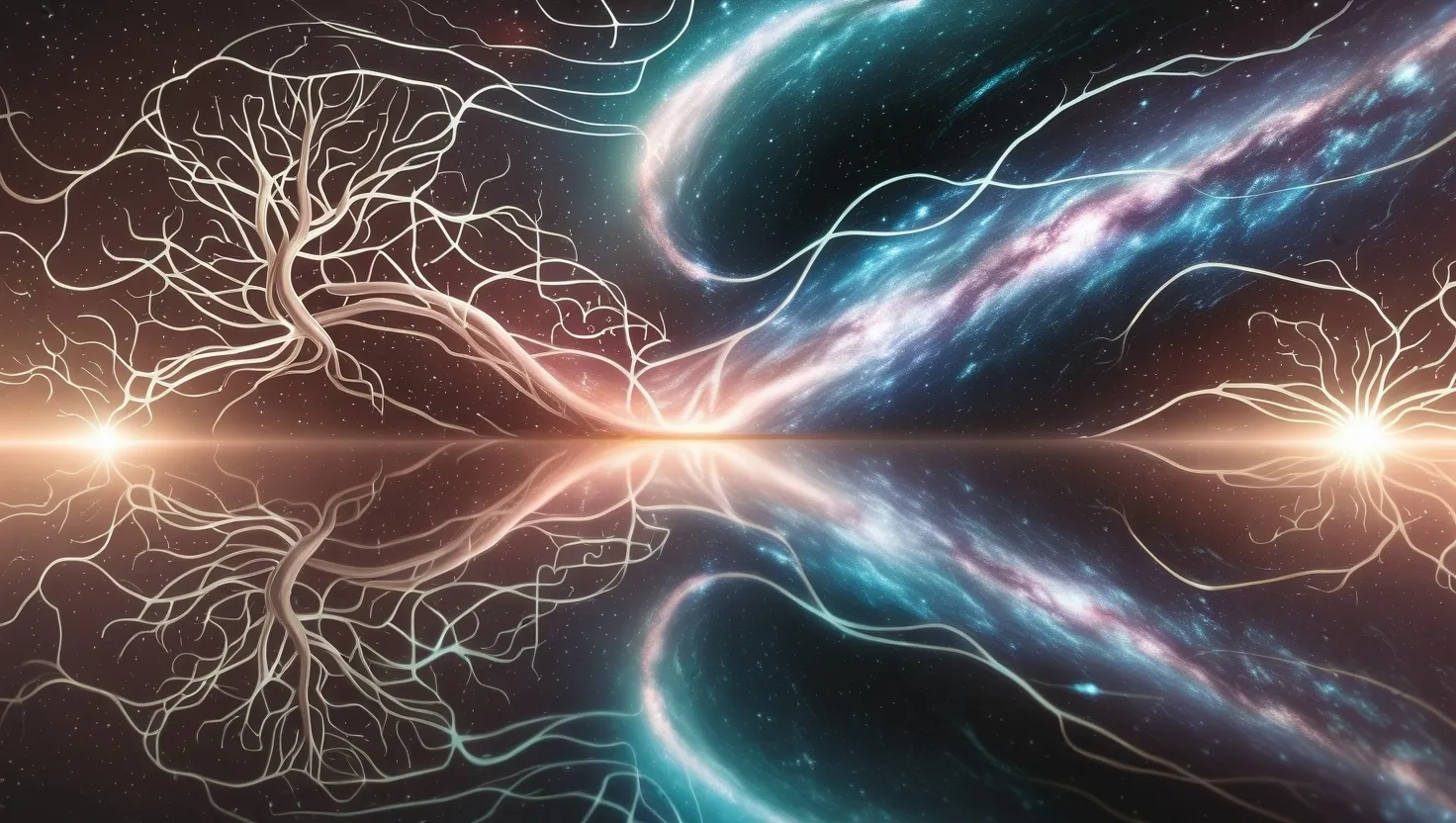For the past 50 years, the Bermuda Triangle, a mysterious stretch of water in the Atlantic Ocean, has been the final voyage for over 3,000 ships and 100 planes. One minute, they’re there, the next, vanished without a trace. Situated off the eastern coast of the United States, the Bermuda Triangle is framed by the Florida Keys, Bermuda, and Puerto Rico—spanning 1.5 to 2 million square miles of ocean.
Despite its proximity to popular tourist destinations like the Sunshine Coast of Florida, the Florida Keys, Puerto Rico, and Bermuda’s Coral Seas, the Bermuda Triangle is infamous for these inexplicable disappearances. Also known as the Devil’s Triangle or the Graveyard of the Atlantic, its mysteries have fascinated and terrified sailors, pilots, and adventurers alike for centuries.
Scientists offer various natural explanations for the mysterious vanishings. Some attribute it to extreme weather conditions, while others point to magnetic anomalies that disrupt navigation. Yet, the legends persist. For instance, Miami was the takeoff point for a Navy flight exercise that ended with the disappearance of five aircraft and 27 men. Even today, the question remains: how can five planes simply vanish?
Another eerie tale involves a man who claims he experienced a space-time warp while flying over this enigmatic region, traveling 100 miles in 30 minutes. Electronics malfunction, pilots lose their bearings, and ships disappear without leaving a trace, feeding the lore of the Bermuda Triangle.
Miami, sunny and inviting, draws millions of visitors each year. It’s hard to imagine such a beautiful place lies near the southeast tip of the Bermuda Triangle. Still, the stories of disappearances are more than just legend. In the 1940s, young naval twins George and David Rothschild experienced the terror firsthand during a flight home. The pilot lost all instrumentation, became frantic, and relied on the twins to help navigate. After hours of confusion and fear, they finally landed safely on solid ground.
The Bermuda Triangle hadn’t yet earned its fearsome reputation back then. It was only later that the twins linked their harrowing experience to this area’s infamy. A flying instructor, Robert Grant, provides insight into such confusion, explaining how spatial disorientation or vertigo can cause pilots to lose their sense of direction over open water, leading to tragic endings.
One of the most perplexing cases is the disappearance of Flight 19 in 1945. Five Navy TBM Avenger bombers took off for a routine training mission and were never seen again. Despite an extensive search covering a quarter of a million square miles, not a single piece of wreckage was found. This incident first brought the Bermuda Triangle to the public’s attention, leading to a myriad of theories ranging from navigational errors to alien abductions.
Today, people continue to vanish within the Bermuda Triangle’s expansive waters. Boating enthusiasts, tourists, and locals alike respect the area’s beauty while silently acknowledging its darker, more mysterious side. Deep beneath the ocean’s surface, methane gas bubbles pose a potential hazard, and unpredictable weather patterns can turn a calm sea into a deadly trap.
Although many theories attempt to explain the Bermuda Triangle’s secrets—from natural phenomena to fantastical ideas of time warps—the allure of this enigmatic region remains. It’s this blend of beauty and danger that keeps the world captivated, always searching for answers to a mystery that refuses to be fully solved.






